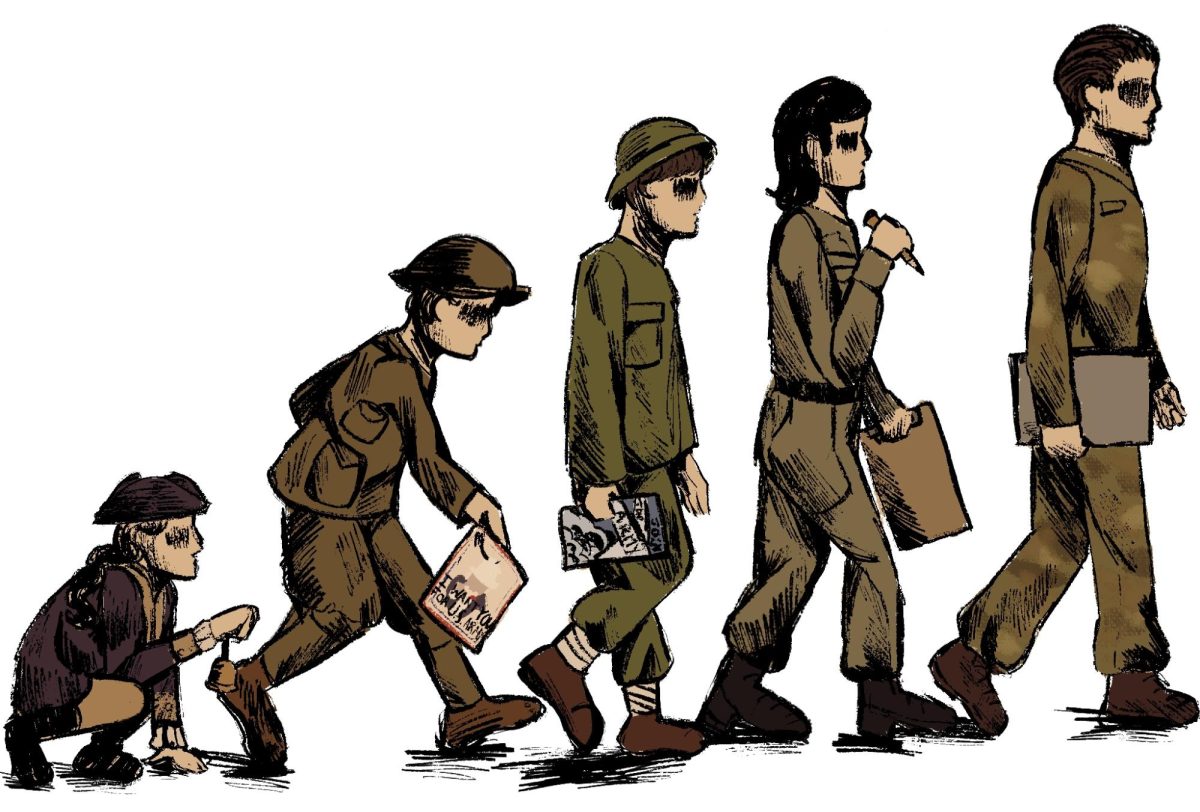1916: The Start of Junior ROTC
In 1916, Junior ROTC was officially established under the National Defense Act to create forms of military training in schools to prepare young people for service. These programs were not just about getting students to join the armed forces, however. The government also wanted to build up discipline, leadership and a sense of duty in young men. Students typically engaged in military drills, extreme physical fitness, education based in military history, military tactics and the fundamentals of leadership. Ultimately, it was an education based in promoting civic responsibility to encourage a sense of duty to one’s country. At the time of its establishment, the U.S. was preparing for World War I, so this initiative aligned with the national focus on readiness and proactiveness. Junior ROTC, while not immediately a massive program, set the stage for closer relationships between schools and the military. The government saw education as a practical way to find and train skilled individuals, thus creating a pipeline of said people who could step into service if needed.
World War II: Patriotic Recruitment Push
World War II brought a huge wave of military recruitment efforts, schools being a particularly lucrative target. The war was portrayed as a moral and patriotic duty – a call to nationalist ideals of doing what was right for one’s country. Military recruiters were more active, and schools became places to drum up enthusiasm for enlistment. Movies, posters and even curriculums reinforced the idea that joining the military was the ultimate way to show loyalty to the country. Movies like “Mrs. Miniver” (1942) and “The Purple Heart” (1944) emphasized both the importance of individual sacrifice and demonized the opposition, portraying Nazi Germany and Imperial Japan as evil. Schools embedded these ideas into young American minds by teaching these narratives as fact. The acts extended beyond enlistment as the government strived to have the masses in total support of the war effort. Ultimately, the recruitment push in all forms of propaganda cemented the idea that schools were not just for academics, rather they could also be used to platform national agendas.
Vietnam War: A Controversial Era for School Recruitment
School recruitment became a battleground during the Vietnam War, making it not only about enlisting students but also about garnering favor with the public. As supporters of the anti-war movement proliferated, the presence of military recruiters on campus enraged a number of communities. People began protests against participating in war, with both students and teachers questioning whether schools should allow recruitment as U.S. involvement in the international matter was seen as highly controversial. Meanwhile, the military’s recruitment strategies shifted from flashy patriotic appeals to career training, education benefits and promises of financial stability. This adjustment aimed to attract recruits by offering tangible rewards amidst waning public support, believing that these types of rewards may be perceived as more secure and attainable. Still, the war’s unpopularity meant that recruitment efforts often were unwelcome. Tension between the public and the military has since changed how schools and students view the military’s presence, creating an enduring debate about whether recruitment belongs in educational spaces at all.
1980s: Cold War and ASVAB Testing
The Cold War introduced another change to school-based recruitment. With the U.S. in a global ideological battle with the Soviet Union, the military was on the lookout for younger individuals to aid in a show of strength. Engaging youth ensured a steady stream of fit and easily influenced soldiers who showcased a military that reflected a powerful and resilient state. Recruitment thus became more strategic with the introduction of the Armed Services Vocational Aptitude Battery testing in schools. The ASVAB test was a tool used to identify students with skills that could fit certain military criteria. The test helped identify an individual’s strengths across areas like mathematics, verbal skills, mechanical comprehension and electronics. While it was pitched as a way for students to expertly explore career paths, the ASVAB also gave recruiters a direct line to students who scored well on the test. This was the era where the military became more deliberate in integrating itself in education systems, normalizing its presence even further.
Post-9/11: A Surge in Military Recruitment
Sept. 11, 2001 reshaped military recruitment, especially in schools. With the country reeling from the devastating terrorist attack, patriotism was reignited in many Americans and joining the military was framed as a way to protect the country, defend freedom and fight terrorism. Recruitment efforts became increasingly more potent and schools became key spaces for connecting with students in response to maintaining a reputation of military strength after the catastrophic breach in security. Programs like No Child Left Behind gave recruiters direct access to student data, making it easier than ever to find and target potential enlistees. This pitch from the military went beyond serving the country – it was about opportunity. The military’s presence in schools grew stronger, evading national security concerns with calls to students’ personal incentives to tear down the “terrorist” opposition – a recruitment strategy unlike anything seen before.


